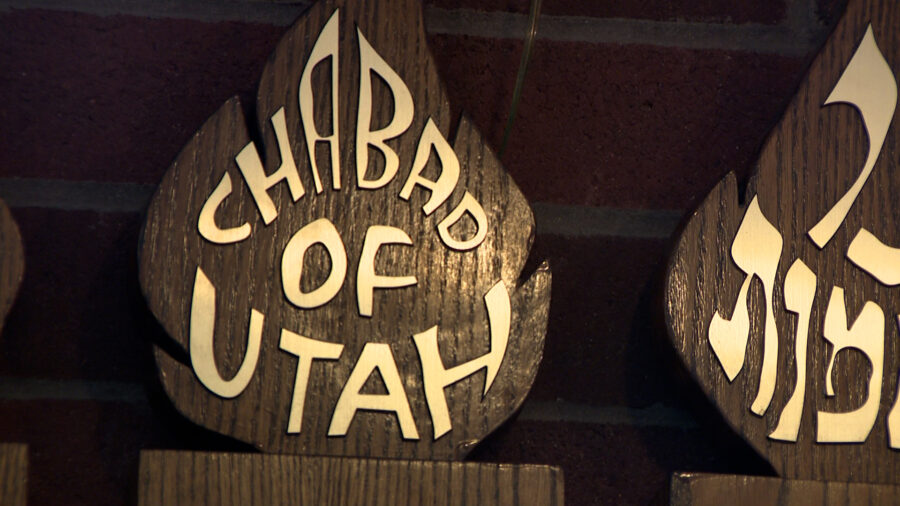Plant is likely to blame for 19 elk deaths in Mapleton, DWR says
Jan 30, 2023, 10:11 PM | Updated: 10:28 pm
MAPLETON, Utah — A certain plant is likely to blame for the deaths of 19 elk found in Mapleton over the span of a week, the Utah Division of Wildlife Resources said Monday.
When you live so close to the mountains like they do in Mapleton, it’s not a surprise to see elk herds on the move.
“They’re constant in our town; we’re right at the foothills,” said Mapleton Police Chief John Jackson.
But what has been a surprise for him and other residents is to see the animals move lower and lower into town — and most recently — to see them not moving at all.
“It’s just been such a tough year for the elk,” Jackson said.
On Jan. 21, one of his officers found a dead elk. Jackson said it didn’t have any obvious signs of trauma from a gunshot or a car, so they decided to call the DWR
“It’s just an interesting phenomenon that this happened,” said Scott Root, DWR’s conservation outreach manager.
Root has been with the division for 32 years and said they don’t usually see that many elk die.
“And we want to know why.”
People in @mapletoncity are used to seeing elk pass by their town. But recently, they’ve seen 19 elk not moving at all. @UtahDWR says a certain plant is likely to blame for their deaths. Plants they may not otherwise come across w/o deep snow in the mountains.@KSL5TV at 10 pic.twitter.com/ldJF11wDyB
— Matt Rascon (@MattRasconNews) January 31, 2023
It started with the discovery of only a couple of dead elk. Then five or six more. And over the next week, they kept getting calls for more and more dead elk until they reached 19, the last of which they found Jan. 27.
Root said they took three of the elk to a veterinary diagnostic lab in Spanish Fork. And on Monday, Root said he received word that the initial report showed each elk had yew plants in their stomach.
“Yew plant is a common ornamental shrub-like plant used in landscaping,” Root said. “But it’s also very toxic to animals.”
Root said in his 32 years in the division, he’s “never seen this with the yew plant.”
“This year has been a little different because of all the deep snow, and they’re coming down and they’re probably trying plants that they don’t typically consume because they’re coming down to town.”
There are a couple of herds that live and migrate through the area, Root said. Each herd with about 80 to 100 elk. He said the herds will be OK after these deaths. But he hopes people will learn from this, too.
“There may be a silver lining to this whole incident,” he said. “It’s a good reminder to us to know what we’re planting on our landscape.”
Root hopes people will be more aware of what they’re planting and make changes as needed. He said they’re still waiting for the final toxicology report to confirm that the yew plant is the cause.
“Honestly, it’s heartbreaking,” Jackson said. “It’s 19 elk. They’re beautiful. We love them.”













